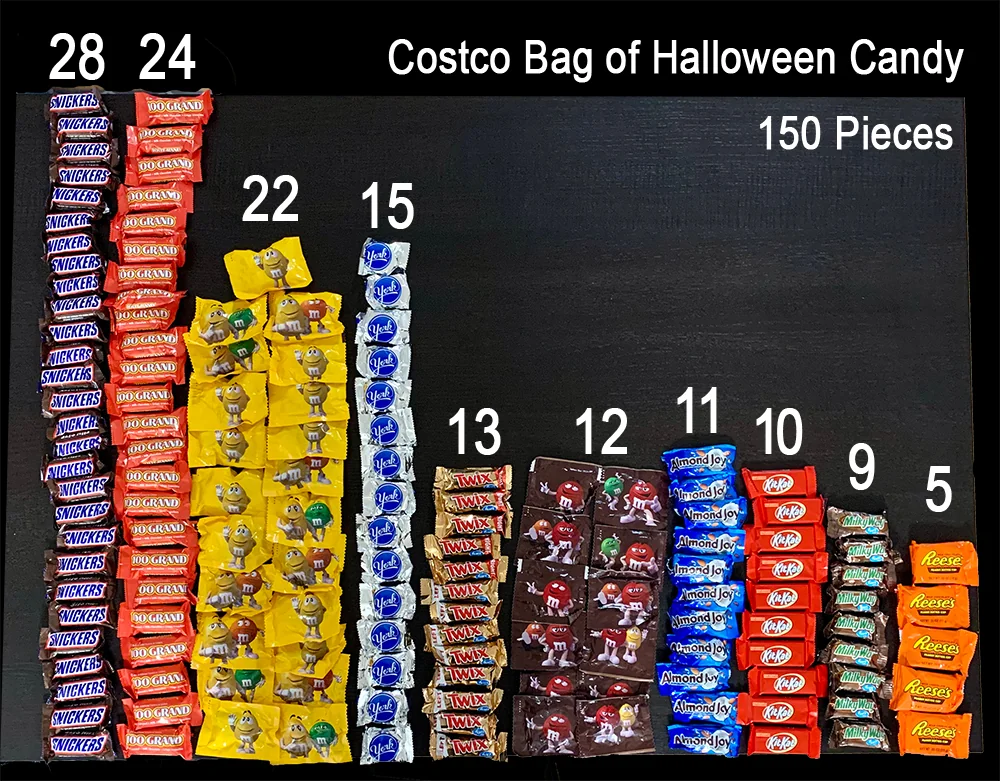Lab9
Creating an R Package Overview
-
This lab will extend functions to create an R package. First we will do a quick demo and create your first R package.
-
A comprehensive overview (free online book) about creating R packages is available here: R Packages
Demo Overview:
- Create an R package
- Add R function to the R package
- Load and check
- Code Description
- R Oxygen documentation
- Check and Install
1. Create a new package using devtools::create_package()
Use a path inside the create_package() function or set the working directly to where you’d like the function files to live.
library(devtools)
create_package('STAT408')
Note this will actually create a bundle of files known as an R project and likely open that project in a new R studio window. That R project will contain the following files and directories (as well as a few others you can ignore):
- DESCRIPTION provides metadata about your package. This will be editted during the lab.
- NAMESPACE declares the functions your package exports for external use and the external functions your package imports from other packages. At this point, it is empty, except for a comment declaring that this is a file you should not edit by hand.
- The R/ directory is the “business end” of your package. It will soon contain .R files with function definitions.
- Lab9.Rproj (or similar name) is the file that makes this directory an RStudio Project.
2. Add R function to the R package.
We are going to add your candy function from Tuesday into the R package. This will require working inside your R Insert your candy function from Tuesday. This is a two step process:
- Write the function. For now don’t include it in your R project window, just here.
get_candy <- function(num_candy){
# A function to randomly select candy from a bag consisting of Reeses, Snickers, M&Ms, and Kit Kats
# Args: num_candy - the number of candy pieces to select
# Returns: vector of candy bar names with length equal to num_candy
if(!is.numeric(num_candy)) {
stop('Please enter a numeric value for number of candy')
}
if(num_candy > 5){
warning("Sugar Rush! Are you sure you want to do that?")
}
return(sample(c("Reese's", "Snickers", "m&ms", "Kit Kats"), num_candy, replace = T))
}
- In your R project window, use the function with
use_r()
#| eval: FALSE
use_r("get_candy")
This will create an R file with the specified name.
- Open the R file, (you can navigate through the files tab) and add the R code to the file.
3. Test function with load_all() and check()
-
Use
load_all()for a quick test it the function will work. Make sure that the function you are accessing is from the package and not the global enviroinment:exists("get_candy", where = globalenv(), inherits = FALSE) -
Then run
check()to verify that the package has all the necessary parts to load.
4. Code Description
-
Update the code description file
-
specify a license
use_mit_license()
5. Documentation
-
Open your R file, do Code > Insert roxygen skeleton. A very special comment should appear above your function, in which each line begins with #’.
-
After updating your text, run
document()which will pull in the documentation
6. check() & install()
-
Finally,
check()andinstall()will activate your package. -
You can now run
libary(STAT408)to use your package.
Question 1 (3 points)
Show that you can load the R package and run the get_candy function.
library(STAT408)
get_candy(5)
Question 2 (2 points)
What happens when you type ?get_candy into the console?
Question 3 (5 points)
Let’s assume now that the number of pieces from each candy type are not equal. Use this image  to identify the candy types and candy amounts in the candy basket.
to identify the candy types and candy amounts in the candy basket.
Write a function to draw candy from this basket. Use at least one tidyverse funtion inside your function, such as tibble or sample_n
Question 4 (5 points)
Add this new function to your R package. Note to use other functions inside your function, you’ll need to do two things:
-
run
use_package('dplyr')or similar to identify the package the functions comes from -
refer to functions with the following convention
dplyr::sample_n()
Re-install your package and run your function here. Make sure you are accessing the version of the function from the package using the same convention by calling STAT408::trickRtreat(4)
#| eval: FALSE
STAT408::trickRtreat(4)
Question 5 (5 points)
We’ve not talked formally about pie charts in this class, but they should be avoided. Pie charts make it very difficult to compare different categories (something much easier to do with bar charts).
Use your trickRtreat function and sample 100 candies. Then create a bar chart to show the outcome.